-
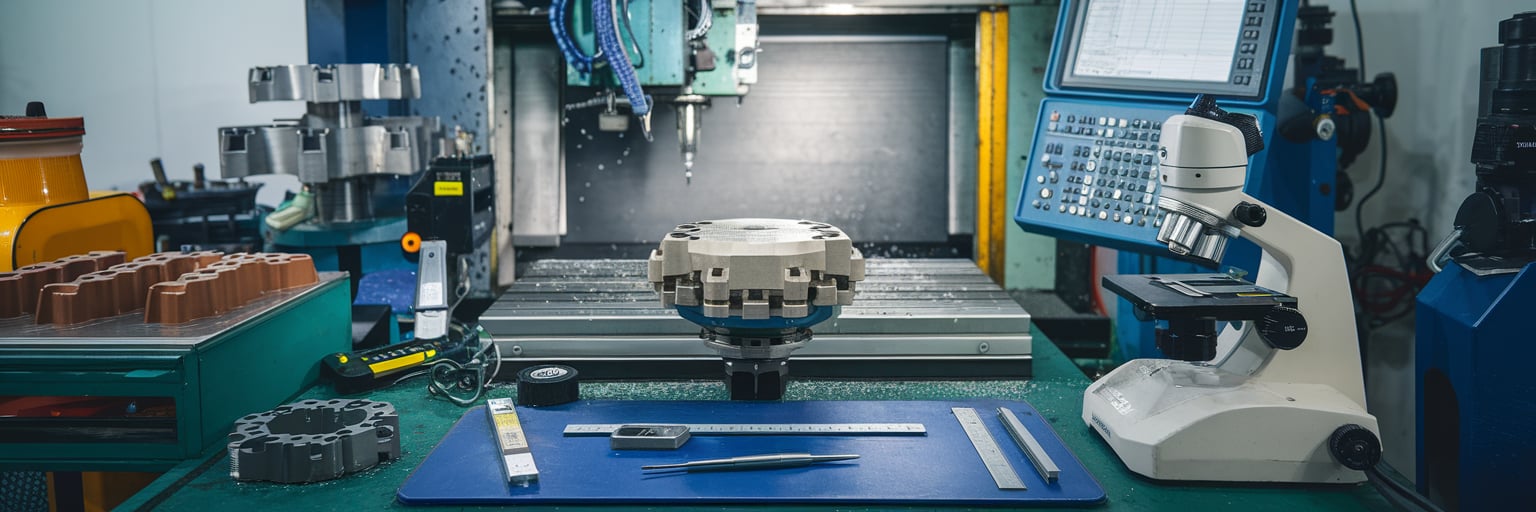
In the manufacturing and engineering world, precision is everything. Whether it’s a CNC-machined component, a plastic mold, or an assembly line part, quality inspection plays a crucial role in ensuring parts meet the exact specifications and standards required for optimal performance. Parts inspection is much more than just checking measurements; it’s about validating that every component is built to perform reliably in its intended environment. In this blog, we’ll explore the importance of professional parts inspection and what makes a high-quality inspection process essential for toda......
2024.10.31Published by LucasRead More -
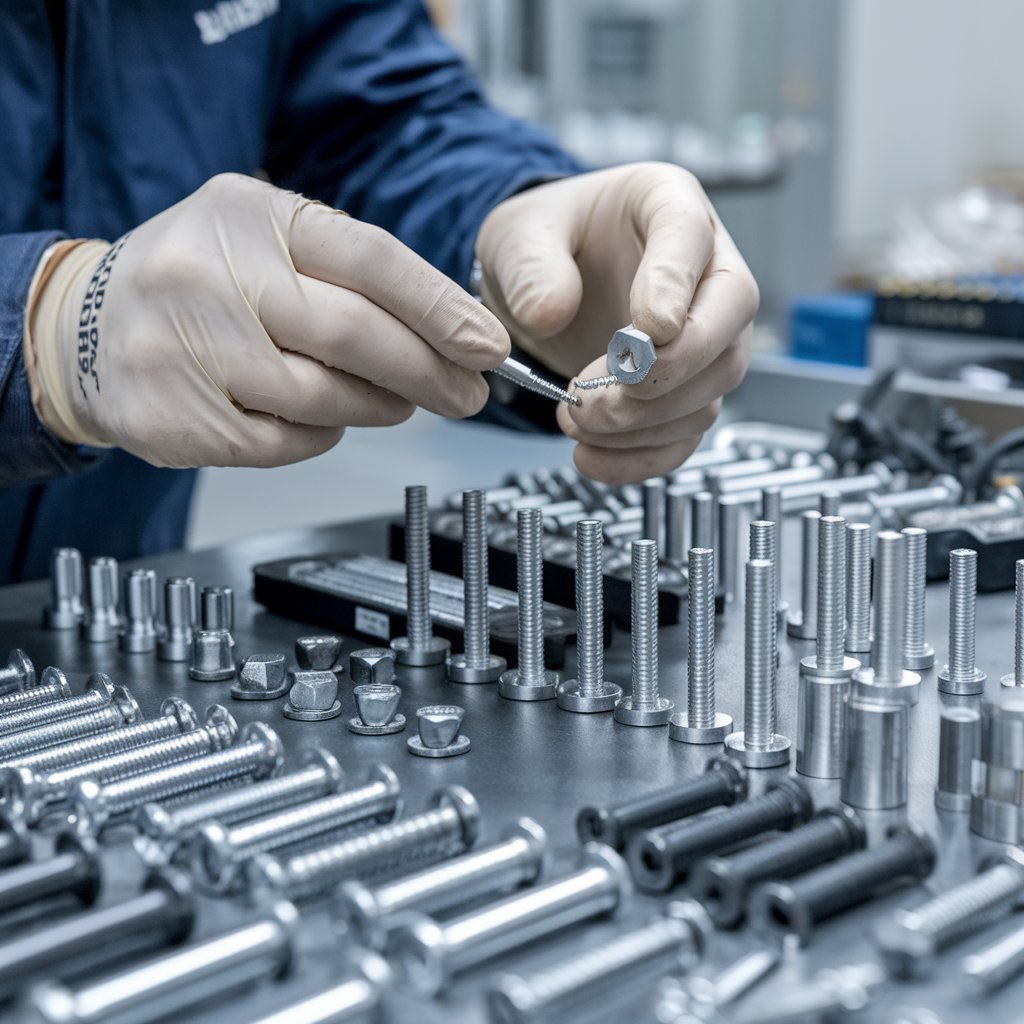
Fasteners play an important role in industries such as automotive, aerospace, construction, and machinery manufacturing. These components ensure that parts stay securely connected, and the quality of fasteners is directly linked to the safety and reliability of the equipment. As such, ensuring the quality of fasteners through stringent standards and inspection methods is essential. In an industry where precision and reliability are paramount, quality assurance is the backbone of our operations at RFI, here we’ll talk about the key aspects of fastener quality assurance, including QC stan......
2024.10.18Published by YLRead More -

When checking whether a part’s dimensions match the drawings, measurements must always be taken. But have you ever wondered how accurate those measurement results really are? You might think results from an expensive measurement device are correct. However, there is always some uncertainty in measurement results. And this uncertainty is not inherent in the measurement device itself, but rather attached to the measurement results. In other words, even when using the same measurement device, the uncertainty will vary depending on measurement conditions, environment, the person......
2023.10.29Published by YLRead More -

Line production is a method that enables the smooth and high-volume production of the same product by organizing various processes into a predetermined sequence. It is excellent for the production of single products as machines and equipment can be arranged in the order of the processes, allowing for efficient mass production. However, line production alone cannot guarantee the production of inexpensive and high-quality products. Inspection is essential. In line production, both “inline inspection” and “offline inspection” are utilized. In this article, we......
2023.10.29Published by YLRead More -

Surface roughness can be quite complex, and there are not many people who fully understand it. However, analyzing surface roughness is very important for making good products without defects. You don’t need to understand everything – focus on understanding the parts you will use. Formally called surface texture, surface roughness is divided into “roughness” and “waviness.” It is important to grasp which wavelength of the surface texture affects the performance of parts and to distinguish between roughness and waviness. Parameters like Ra and Rz ......
2023.10.29Published by YLRead More -
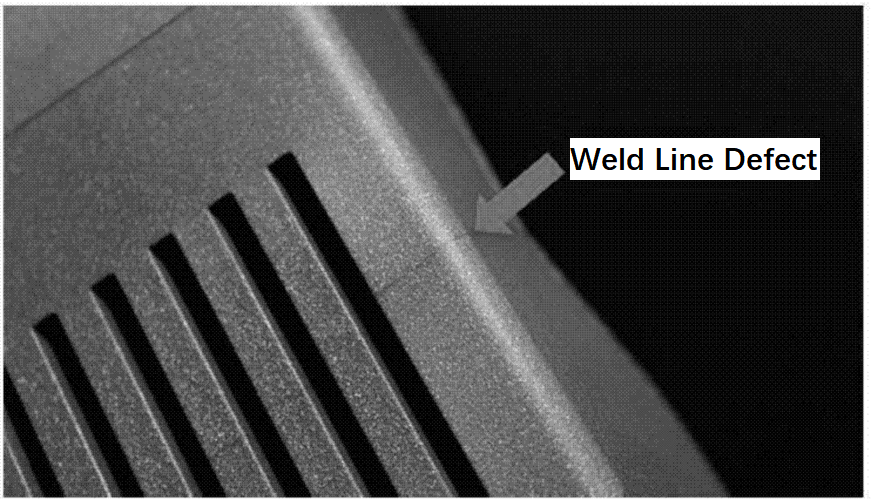
One of the defects that can occur when manufacturing injection molded products is weld lines, which pose a risk of reducing the product’s strength. While preventing weld lines completely is not easy, it is possible to anticipate and mitigate their occurrence to some extent. In this guide, we will provide you with essential knowledge about weld lines, including the causes and methods for prevention. What is Weld Line? Common molding methods for plastics include “vacuum forming,” “compression molding,” and “laminate molding” for t......
2023.10.22Published by YLRead More -
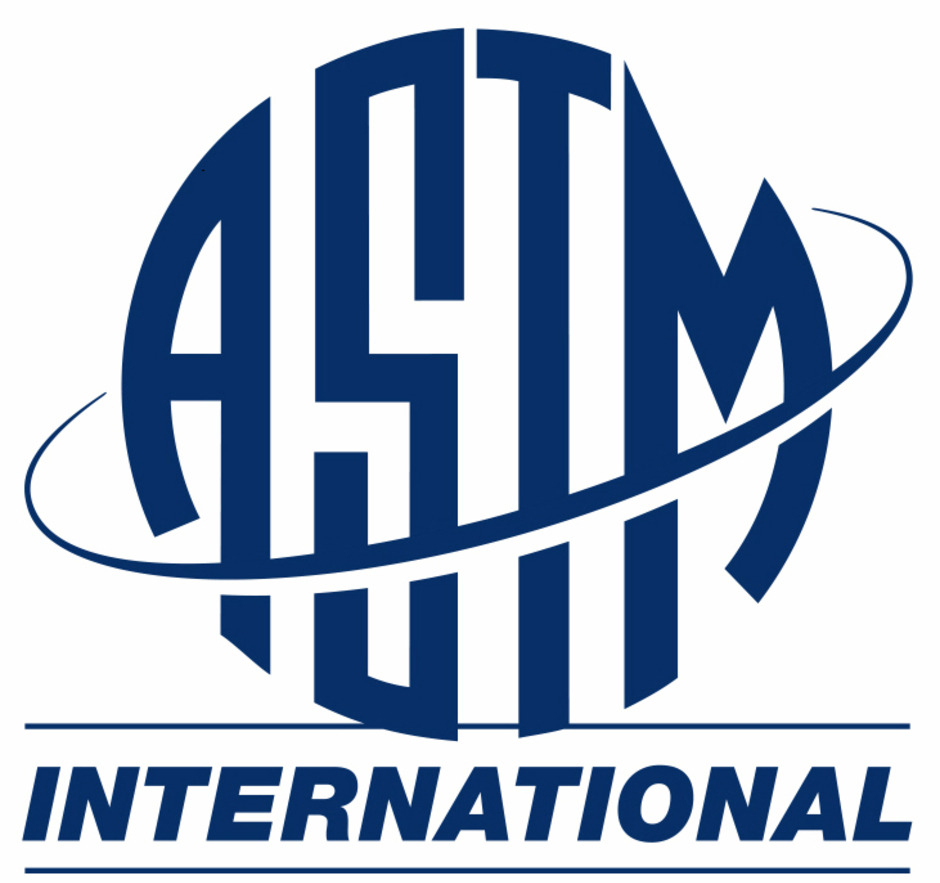
ASTM International sets standards for materials, products, systems and services. ASTM F2413 covers performance requirements for protective footwear, specifying the minimum requirements for impact resistance, compression resistance, metatarsal protection, and other safety features. What is ASTM F2413-11? ASTM F2413-11 refers to the 2011 version of the ASTM standard specification for performance requirements of protective safety toe cap footwear. It outlines the minimum design, performance, testing and classification requirements for footwear intended to provide protection again......
2023.10.18Published by YLRead More -
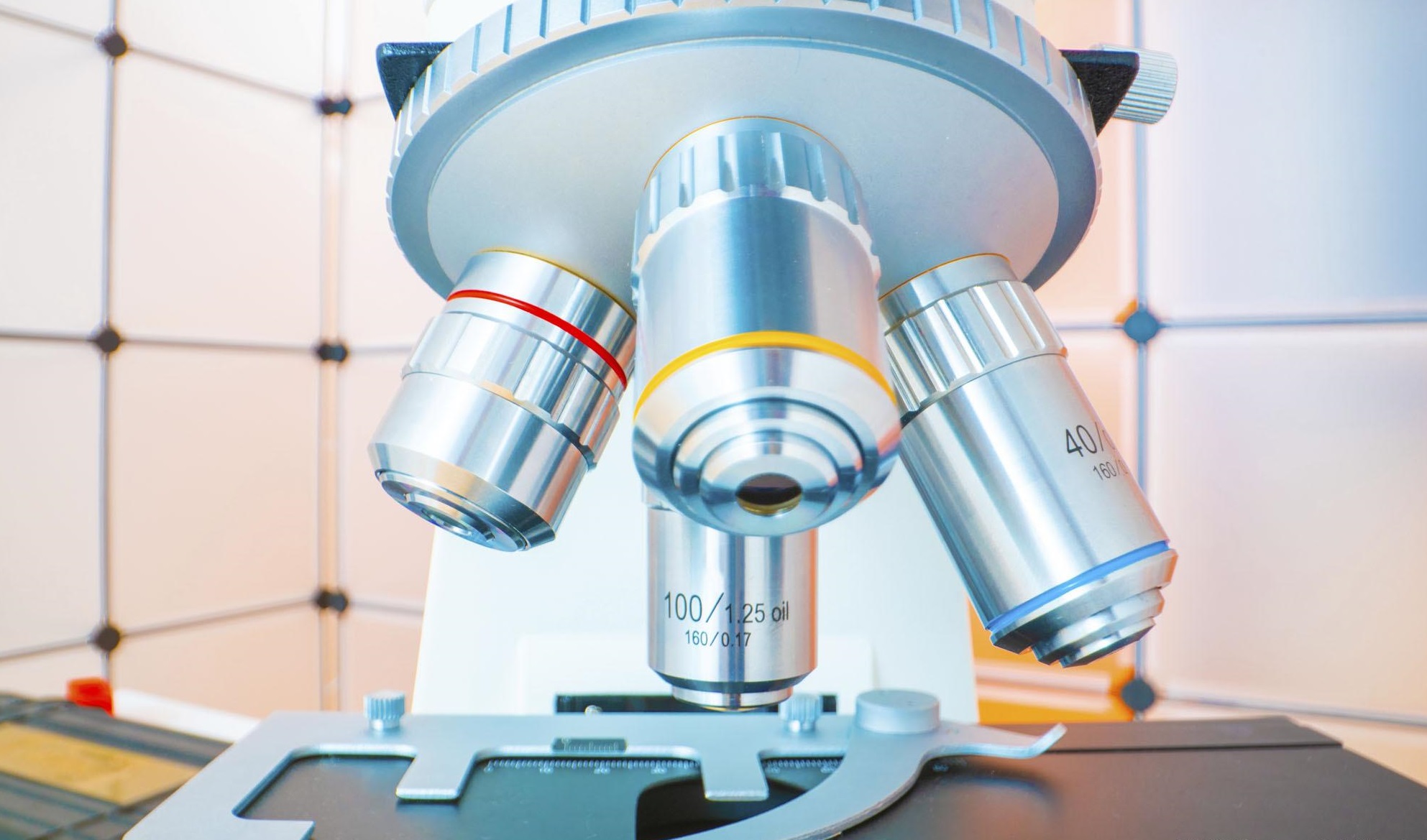
Injection molding is a common manufacturing process used to produce parts and products from plastic and other materials. It involves injecting molten material into a mold cavity where it cools and hardens into the final part shape. First article inspection (FAI) is an important quality control process conducted on the first piece produced during an injection molding production run. It verifies that the part meets all engineering, design and specification requirements before full production begins. Performing a thorough FAI helps ensure the injection molding process is capable of ......
2023.10.18Published by YLRead More